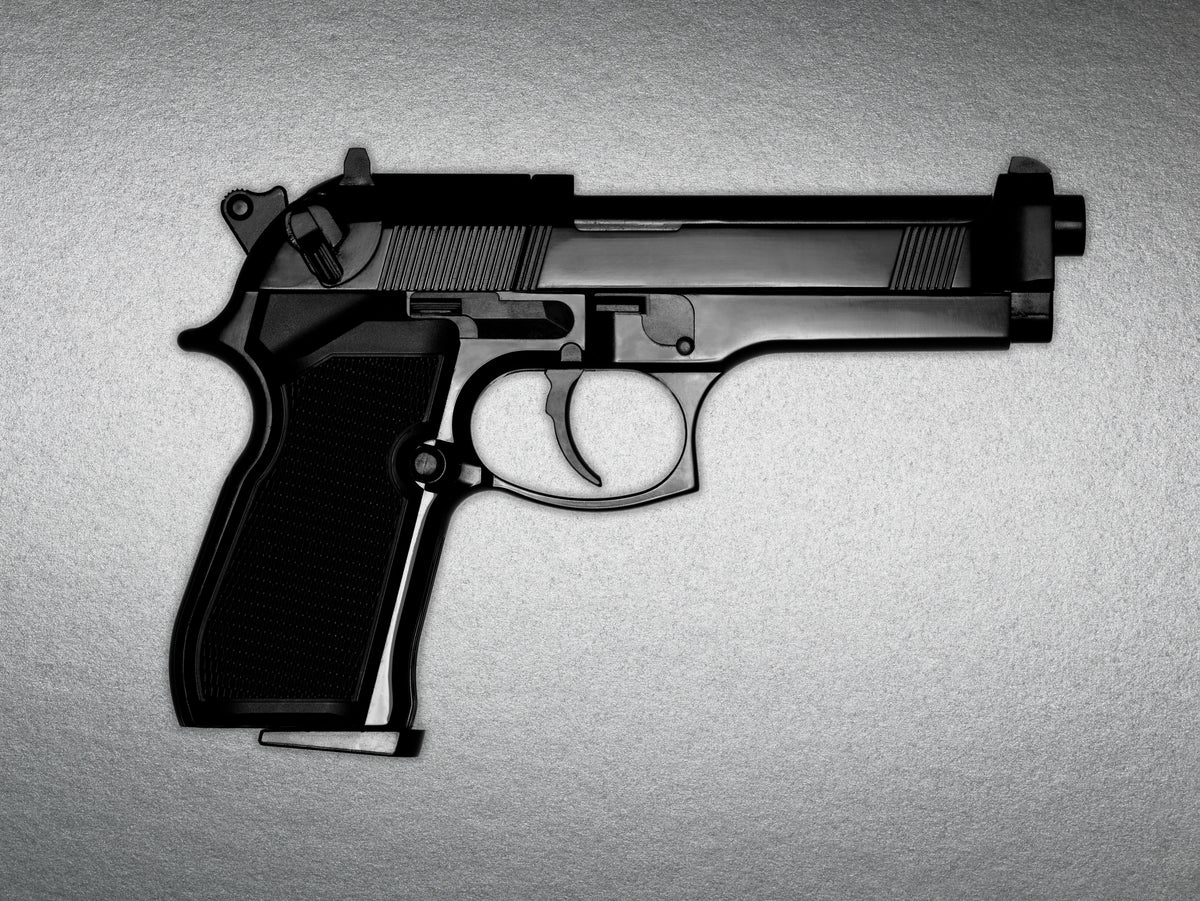As the country continues to absorb the horror of the murder of 19 children in Texas, public attention has refocused on the role that AR-15-style weapons have played in such mass-shooting massacres.
In addition to
the Uvalde killer, the young man who allegedly slaughtered 10 people in Buffalo
used one. So did Kyle Rittenhouse,
who killed two protesters in Wisconsin, for which he got acquitted.
But behind all these specific horrors lies an even bigger story. How did AR-15 variants come to occupy such a position of dominance in our culture — and, increasingly, in our everyday lives — in the first place?
The rise of AR-15-style weaponry, which is a semiautomatic civilian version of a military weapon, reflects a growing zeal, at least amid a determined minority in some parts of the country, for the introduction of overtly military-style equipment into civil society.
In that regard, Daniel Defense, the company that manufactured the weapon used in Uvalde, has
really pushed the envelope. But this reflects a larger trend of “radicalization” in the industry, argues Ryan Busse, a former firearms executive.
Busse has carved out a niche
arguing from inside knowledge that none of this was an accident. He says it was the result of specific choices made by the industry, combined with cultural shifts that created fertile conditions for this transformation. . . .
Busse: The story of Daniel Defense bursting on to the market is a case study in how the gun industry has radicalized and changed. All of the AR-15s built are pretty much the same gun. About 500 companies now build them. Twenty years ago there were one or two, and they were on the fringe of the commercial market.
About 1999, in the Columbine shooting, the NRA set its political course: We’re in the culture war business.
Then you have wars happening, AR-15s, patriotism, Islamophobia — all of that happening in the culture at the same time.
The gun industry became like a badly gerrymandered congressional district. It only had incentive to go one way. Everything pulls it to the right. . . .
Sargent: Let’s talk about the assault weapons ban of 1994, which lapsed in 2004. What fundamentally changed after the ban lapsed?
Busse: The social stigma of AR-15s was removed. Then, 13 months after, George W. Bush signed the Protection of Lawful Commerce in Arms Act. It
essentially says no firearms company or retailer can be sued for the unlawful actions of a consumer using the product, even if they market it irresponsibly.
Now the Daniel Defenses of the world stand back and basically say: “We’ve got 500 competitors, so we need to be really edgy in marketing. They just passed this law where we’re not even held to account if we market in ways that seem egregious.” Then the course was set.
Sargent: Gun manufacturers could market this stuff directly to a whole generation of people who were living in a society transformed by the Iraq and Afghan wars.
Busse: Then, as it got ever more competitive, they’d get the guns into video games. Get the guns into movies. Call the guns ever-more-offensive names. There’s an AR-15 called the “
Urban Super Sniper.” How much more suggestive can you get than that?
Sargent: What does an actual policy response commensurate with the problem look like? Are we doomed to being a heavily armed society for the foreseeable future?
Busse: Rittenhouse, Buffalo, Uvalde — these things are warnings of what’s to come. You can’t put 450 million guns in a complex society — with lots of mental illness and covid-19 shutdowns and angst and Donald Trump and insurrections — and not think you’re going to have this.
I don’t believe there’s a way to solve the crisis. We have to start making decisions that make it marginally better instead of marginally worse.
That kid in Uvalde — if we’d had a 21-year-old buying requirement for rifles in Texas, might the kid have gotten a rifle? He could have. But it would have been harder.
Why don’t we have policies that make that more difficult, instead of continuing to make it easier?
Complete interview at the link.

